Between the explosions, the recalls and its subsequent afterlife as airport PA system fodder, it’s easy to lose sight of the fact that the Galaxy Note 7 was a very good phone. In fact, the line has always been one of the industry’s best and most innovative. It seems it only takes a few well-publicized explosions to tarnish a beloved brand.
But Samsung rebounded quickly. In fact, the company didn’t appear to take any real financial hit from the Note 7 fiasco. It did, however, do its due diligence, investigating the cause of the phone’s battery issues, publicly apologizing and instituting an eight-point safety check in hopes of assuring that it wouldn’t ever repeat its mistakes again. And in spite of some momentary speculation that the company might dump the Note altogether, it was pretty clear to Samsung from the outset that the name it had spent a half-dozen years building up was too valuable to abandon.
Unveiled late last month, the Note 8 is the product of a newly cautious company. It’s easy to see how Samsung’s relentless push to include all the latest bells and whistles might have contributed to its predecessor’s problems. The new Note isn’t a bombardment of new features. Much of what the product brings to the table was borrowed directly from the recently announced Galaxy S8. And most of the rest that’s new seems to largely be an attempt to distinguish the phablet as a more premium option than the similarly sized Galaxy S8+
But that’s not a bad thing, really. The new device is built atop one of the most solid foundations in the smartphone space. And the additions — refinements, really — mostly help to make it that much better.
The big screen
When the Note debuted in 2011, it was ridiculed for its giant screen. Surely no one in their right mind would deign to carry around a 5.3-inch phone. I mean, what is this, a tablet that makes phones calls. Of course, Samsung won in the end. The original Note quickly became one of the company’s biggest sellers, first in its native South Korea and then much of the rest of the world.
Over the years, the device has only continued to grow, fraction of an inch by fraction of an inch. With the arrival of the Note 8, the phablet is now a full inch larger in screen size than the original model, a decision made, in part, to keep the device bigger (if only slightly) than the recently introduced Galaxy S8+. It’s been a bit of a balancing act for the company, creating unity across the line while still keeping the products distinct. Here that means 6.3 inches to the S8+’s 6.2.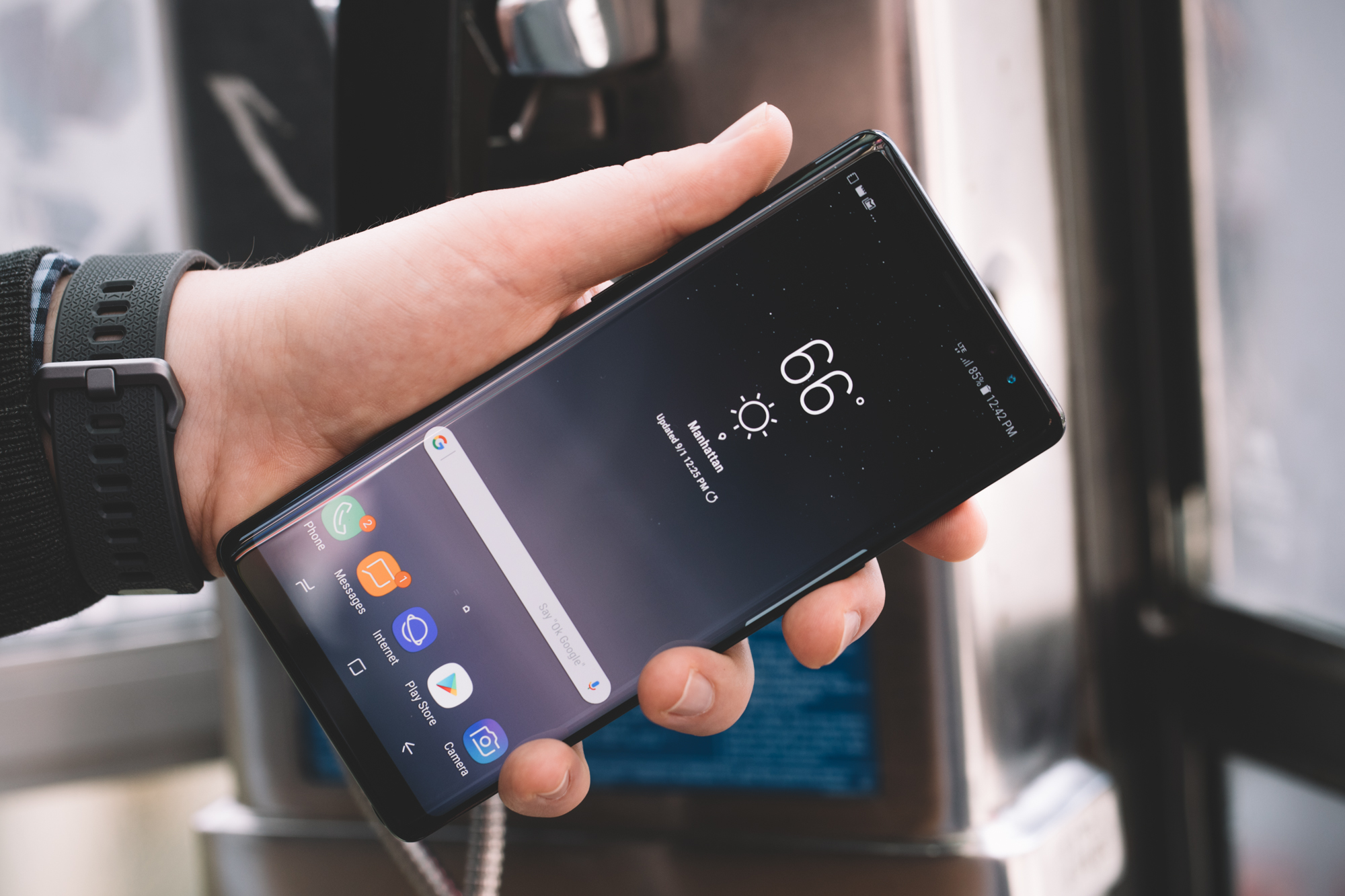
Of course, if Samsung had retained the original design language of that first model, the new Note would require one of those overall-style front pockets to carry it around. But the company has continued to figure out ways to fit more screen into a smaller footprint, resulting in a device with a ridiculously large display that somehow doesn’t feel unwieldy.
Part of the trick comes in the form of the Infinity Display the company introduced earlier this year on the S8. The design utilizes Samsung’s curved screen to help nearly eliminate the phone’s side bezels. The result is the utilization of more surface area on the front and a display that pops much more than traditional smartphone screens. Of course, the latter part is helped along by the extremely hi-res 2960 x 1440 display. Samsung has continued to push on that front, with a slight upgrade in pixel density from 518 to 521ppi.
A tale of two cameras
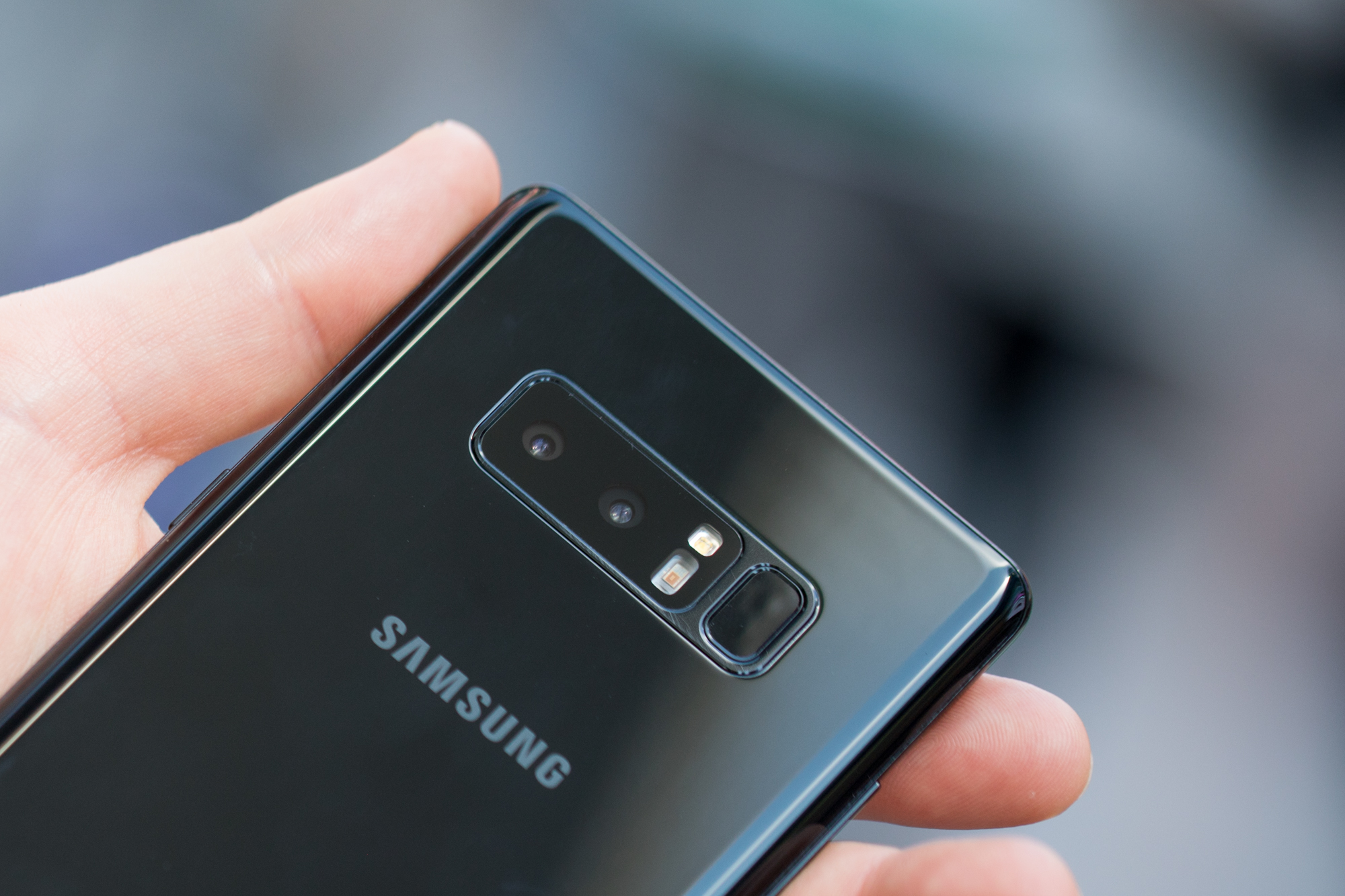
The company is also touting the Note 8’s camera as an opportunity to differentiate the product from the S8+. Part of the premium upgrade means getting dual rear-facing cameras. It’s a new addition to the line, but it is a bit of catch up, as many of the most prominent players in the space have already started offering the option on their flagships.
These days, most dual-camera systems fall into one of two categories: a combo of wide-angle and telephoto or one color and one black and white camera that combine to offer improved image quality. The note falls into the former camp. That means, of course, that you can zoom in tighter, an activity helped along by optical image stabilization in both cameras to help reduce blur for tight shots.
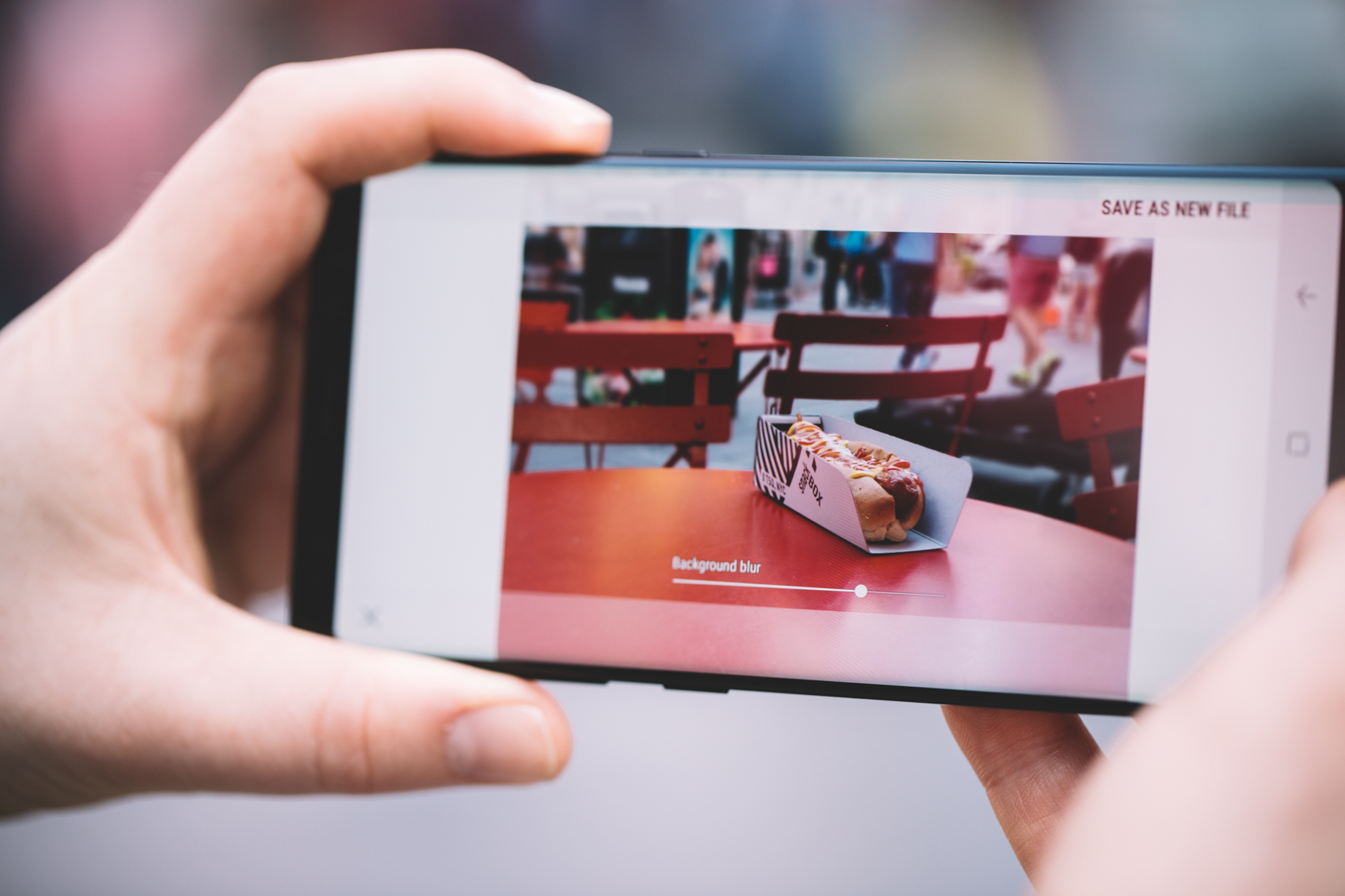
The two cameras also lets Samsung take a swing at the growing popularity of faux bokeh effects (fauxkeh?) that introduce a blur around an object, highlighting the subject by mimicking a shallow depth of field. The Note 8’s implementation is actually one of the more compelling I’ve seen. Live Focus lets you futz around with the blur effect while the image is still in preview. The camera also keeps two copies of each photo taken in the mode (wide and zoom), so users can continue to play around with it well after the picture has been taken.
The addition of the wider angle shot means you capture more outside of the frame than you see in the preview image, if you want to go back and have a wider shot. Of course, double the number of saved pictures means twice the storage, but the Note’s 64GB of internal storage, plus its microSD slot, renders the point pretty moot. As with previous Note devices, the 8 is a really great camera phone. I was consistently impressed by the shots I took, even in traditionally tricky low-light scenarios.
Return of the S Pen
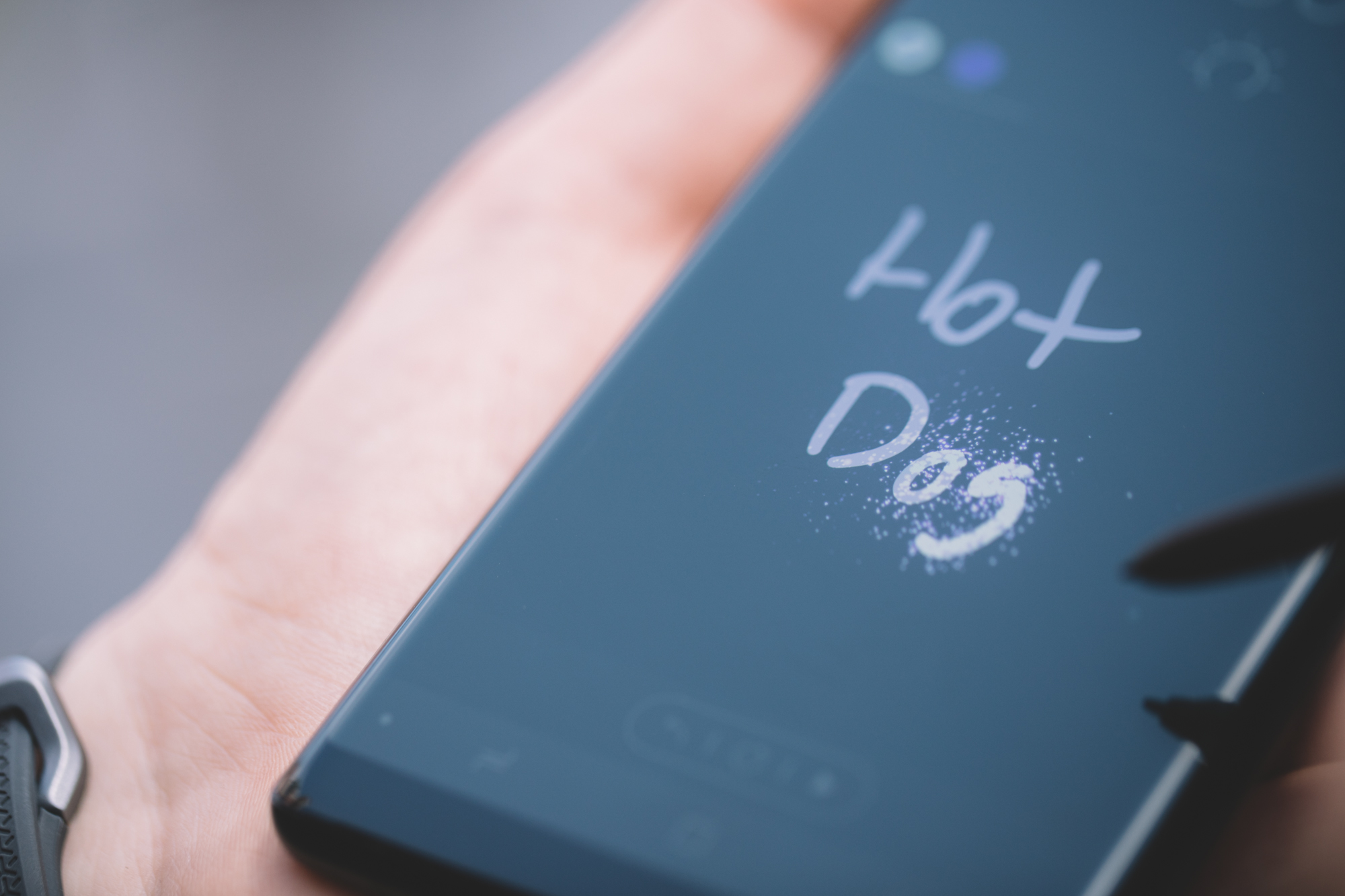
Of course, the biggest differentiator between the Note and most of the rest of the smartphone world was — and continues to be — the S Pen. Along with screen size, the Samsung-branded stylus was also the subject of quite a bit of derision when the line was first announced. It hasn’t caught on with nearly the same intensity of the phablet form factor, but diehards still swear by it.
I’ll be honest, I still don’t get it. I still find it tough to write legibly (to be fair, I have the same problem with pen and paper, as my third-grade teacher would tell you), and there are few scenarios in which I find it a superior input method to touchscreen typing. But it has plenty of fans, and it’s back, slightly better than before. The tip is a bit thinner and the screen responds to more levels of pressure sensitivity. I didn’t use the Note 7’s S Pen with any regularity, so I can’t claim to notice much of a difference here.
Samsung’s added a couple of fun new tricks here, as well. The Screen Off Memo, which was introduced in an earlier version, now scrolls up to 100 pages, so you can pen that novella all without ever unlocking the phone. The phone also gets handwritten messages, which are essentially animated GIFs you create with the S Pen that can be shared over text or social message. It’s a bit like the finger-drawn memos the iPhone has supported, but a bit more precise, thanks to the S Pen.
The not quite smart enough assistant
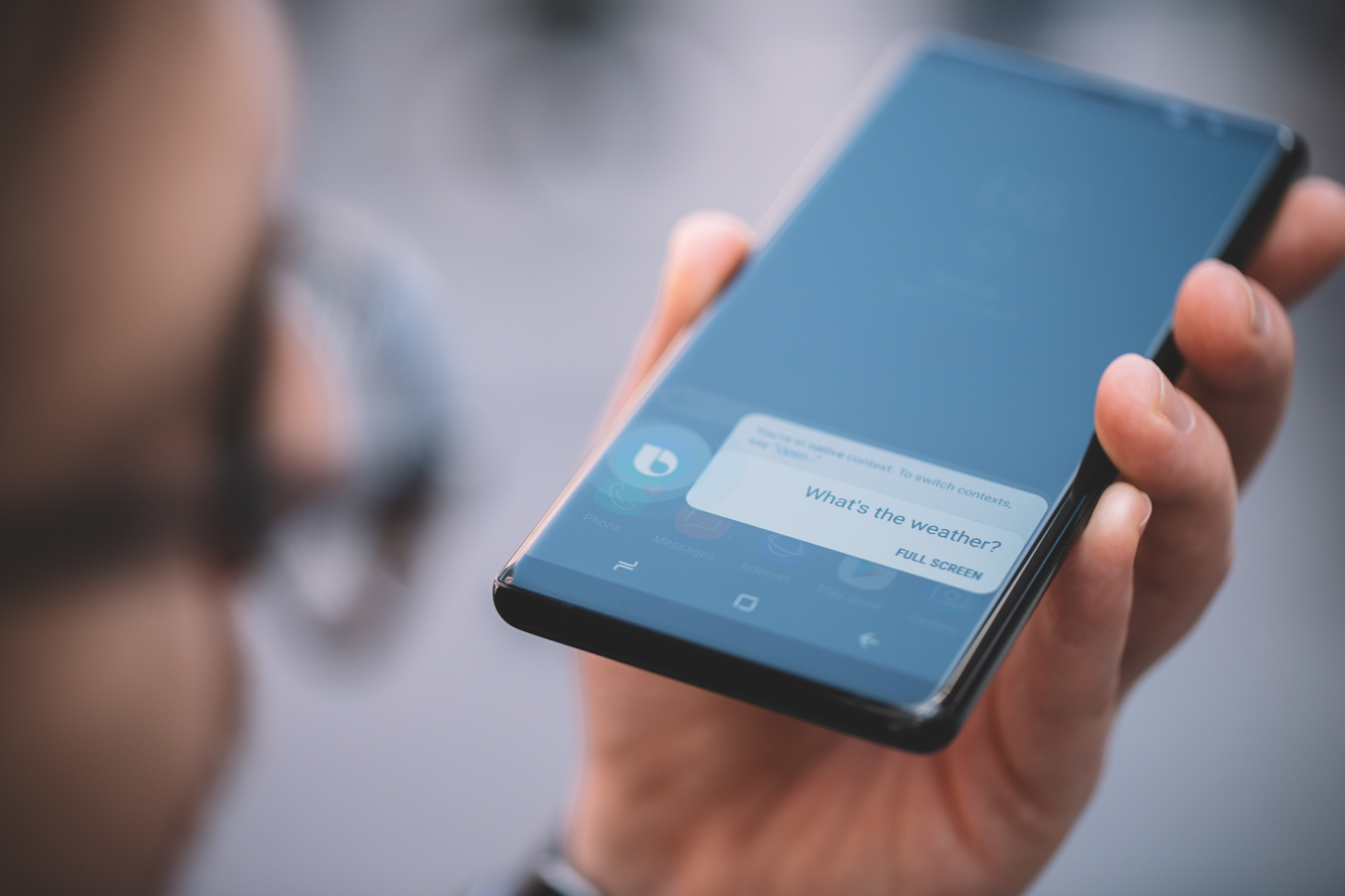
Bixby was, hands down, the S8’s biggest disappointment. The half-baked smart assistant marred an otherwise great smartphone experience — a particular bummer given how heavily the company hyped it in the lead up to the smartphone’s release. Of course, Bixby, like all other smart assistants, is a work in progress. The software simply wasn’t ready in time for the phone’s release, shipping without voice functionality altogether.
Samsung has since addressed that, however, retroactively adding Bixby to older S8 and S8+ models. According to the company, around 30 percent of users have installed the feature. That seems like a pretty low percentage to me, but the company told me that it considers it a victory. Either way, the company’s still got a ways to go when it comes to catching up with the competition.
For now, Bixby’s sill mostly a mishmash of compelling features that never quite come together for a unified user experience. Some are undoubtedly cool, like the ability to translate text into various languages and identify products by snapping a picture of their label. Others pieces, like the Smart Hub, feel like a million other companies’ attempts to create a landing page filled with news and notifications.
Voice, too, is a mixed bag. Bixby simply doesn’t know as much as the competition. It could be an issue with voice recognition software. Or maybe it’s a lack of a sufficient knowledge base. At this early stage, it seems like a pretty safe bet that it’s some combination of the two. When we shot our review video in Times Square, questions about the location mostly resulted in Bixby popping up a clock. Trying to get the A’s score out of Bixby was also a non-starter — though to be fair, that’s probably for the best.
I also got a lot of false positives for Bixby’s wake word. I was trying to have a serious conversation with someone in the room while the Note charged up nearby, and the assistant kept trying to look things up, unprompted. There is such a thing as being overeager in a job.
Bixby is certainly better, but still has a long way to go, if Samsung expects to build an entire ecosystem around it. I completely understand the desire to catch up to Siri, Alexa and Google Assistant, but the company shouldn’t have shoved the software out front at this early stage. And for many users, the devoted Bixby button on the phone’s left side will serve as an ever-present reminder of the assistant’s shortcomings.
Internal note
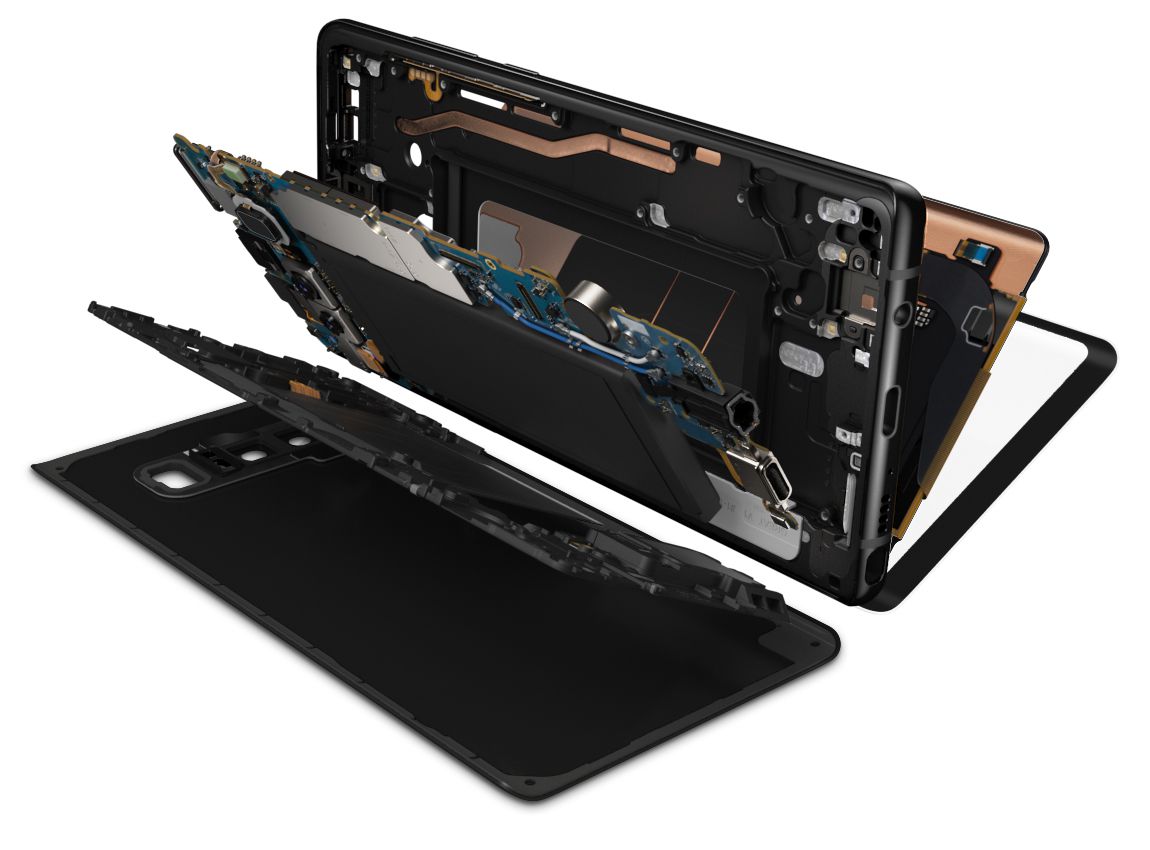
The fact that Samsung didn’t take any sort of perceivable hit in the wake of the Note 7 disaster wasn’t so much a testament to the company’s marketing ability (that still leaves something to be desired) — it was a reminder of just how much of the company’s bottom line depends on its components business. Building as much silicon as Samsung does gives the company a leg up when it comes to processing, and the company is happy to use its handsets as a showcase.
The Note 8 ships in two flavors, depending on where you’re based. Here in the States, we get that flagship standard, the Snapdragon 835, coupled with a generous 6GB of RAM. The phone’s internal storage goes as high as 256GB. Here in the States, however, we’re stuck with a still impressive 64GB, which can be augmented by up to 256GB via microSD — and the company is tossing in a free card for pre-orders. So, it’ll take a lot of effort to run out of space on the thing, even with that fancy new camera.
Interestingly, the company actually dropped battery capacity between the 7 and 8 — from 3,500 to 3,300mAh. When I asked, Samsung told me that the phone simply didn’t require a bigger battery, due to the increased power efficiency of the new chipset. While it’s true that processors kept getting more efficient, I suspect the company was simply playing it safe here. Battery is the last place Samsung wants to push things. The added insulation and smaller footprint probably contributed, as well. And, of course, the added space for S Pen means the company can’t put as large a battery as the one it included in the S8+. That’s a bit of a bummer when ponying up the cash for a bigger, more premium device.
A Noteworthy Return
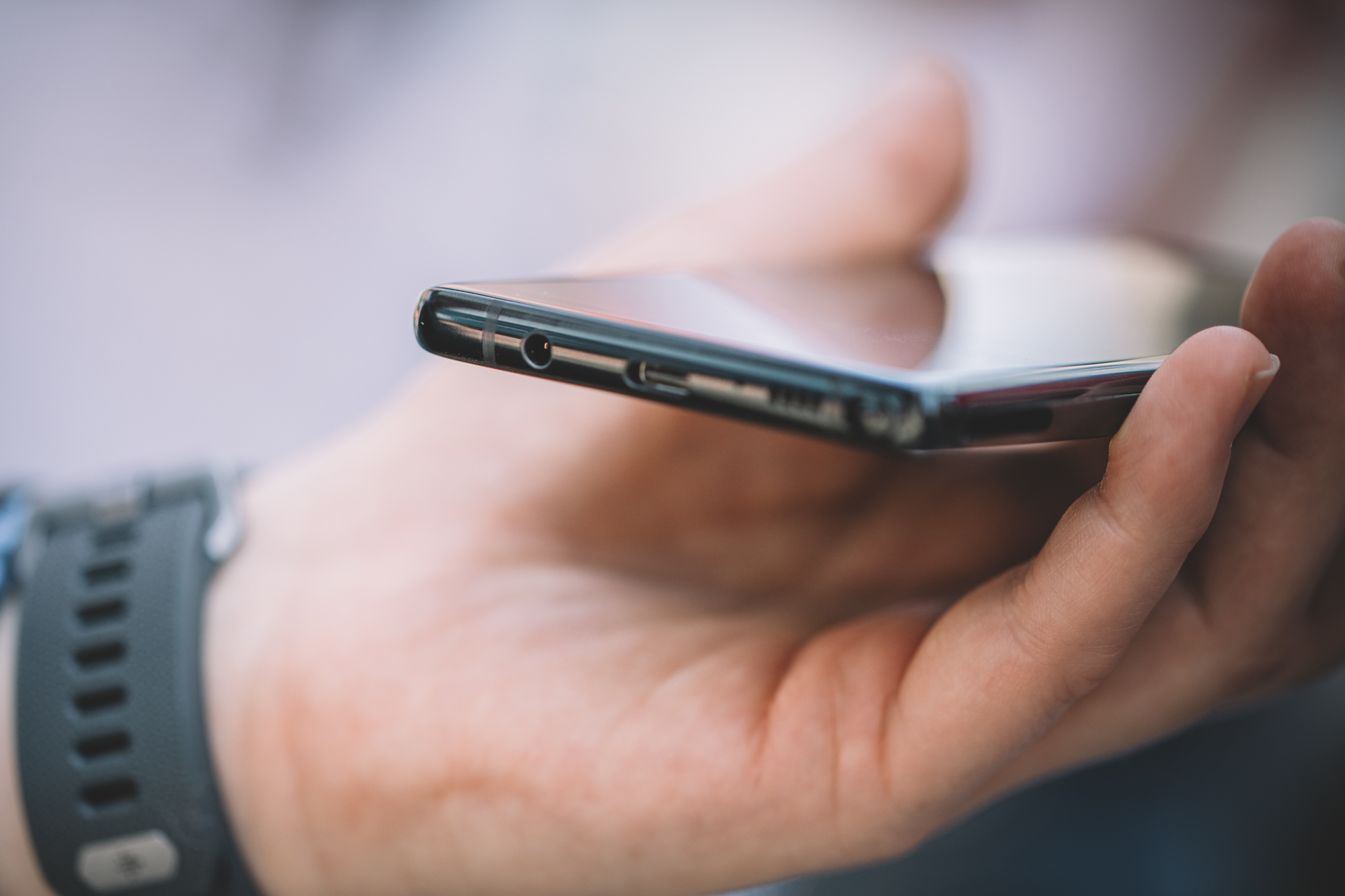
The Note is back, and that’s good news for those who had to give up their beloved device, kicking and screaming. Samsung’s a bit wiser for its sins of the past, and the product is now subject to some of the industry’s most rigorous testing. The Note 8 was built on top of an otherwise solid foundation and mixed in some key upgrades from its S-series siblings. Samsung still has a ways to go when it comes to distinguishing the Note from the other super-sized Galaxy phone, but touches like the dual-rear-facing camera are certainly welcome.
As always, you’re going to pay a premium for the privilege of owning such a stacked device. The exact pricing depends on how you buy the thing, but unlocked pricing puts it at around $930 — which will understandably make plenty of potential buyers think twice. But, then, cost has never been the Note’s strong suit.
All in all, the 8 is a nice return to form for the series. Samsung didn’t push the envelope much here, but there’s still plenty to love. Now if only we could do something about Bixby…
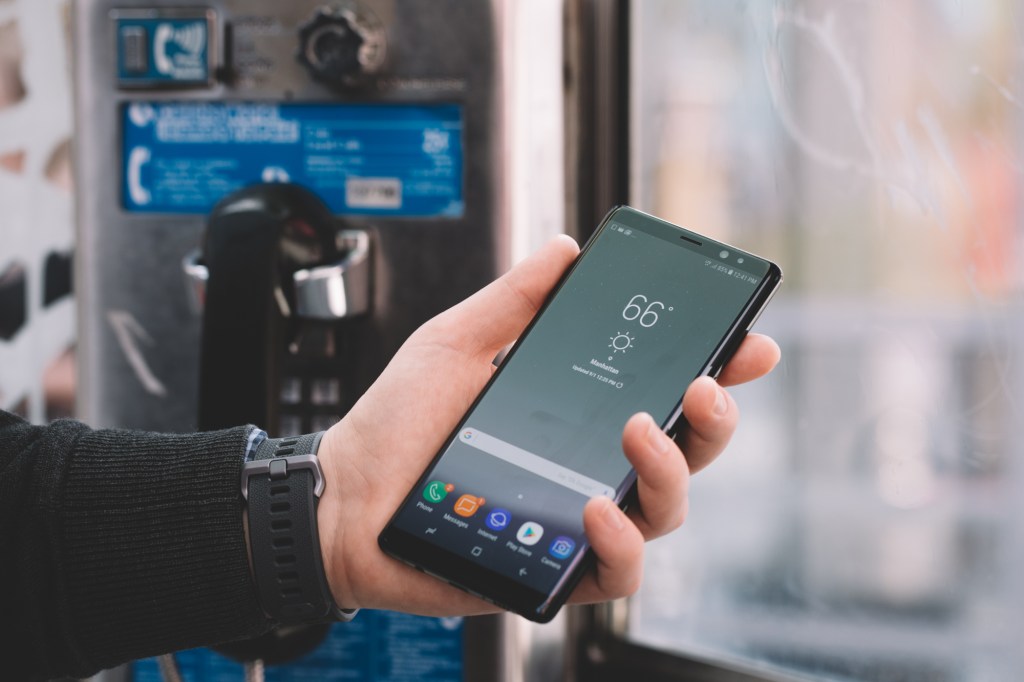






























Comment